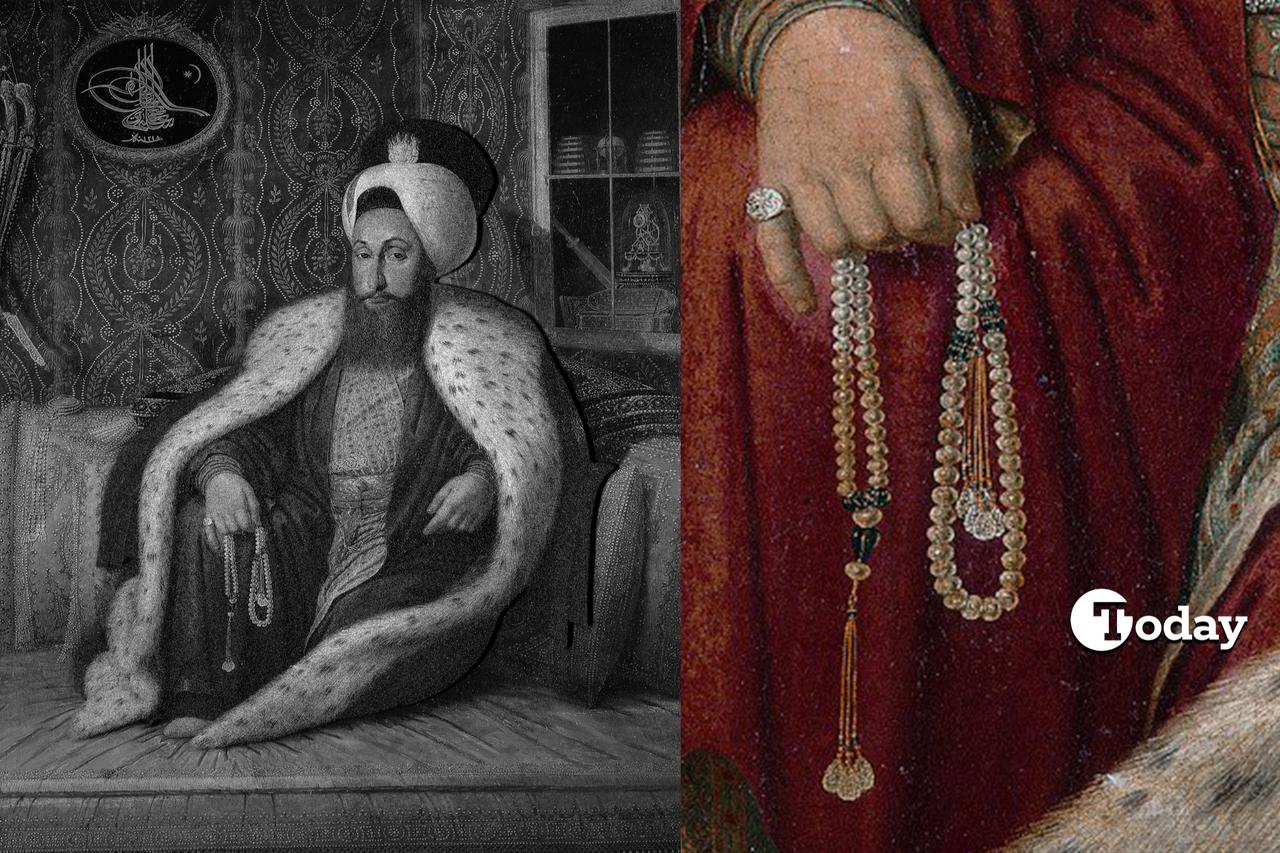
History has a way of whispering its secrets – if you listen closely…
But on the night of July 28, 1808, there were no whispers. Only screams shattered the stillness of Topkapi Palace’s inner courtyard. Torchlight flickered against the tiled walls as assassins moved through the corridors, intent on reaching the private chambers of a deposed sultan.
Sultan Selim III was a man of vision, an enlightened ruler inspired by the ideals of the French Revolution who wanted to embrace the innovations of the new century.
The Ottoman Empire was bruised following a string of military defeats. The Janissary Corps, once the Empire’s elite fighting force and scourge of Europe, had grown corrupt and hostile to change. Determined to restore Ottoman power and prestige, Selim launched the ‘New Order’: a sweeping program of reform that created a modern, European-style army, restructured state finances, and introduced ambitious administrative and educational reforms. Bold? Yes. Popular? Absolutely not! Although he was loved and admired by progressives, he was loathed and feared by conservative elites, the ulema, and, most dangerously, the Janissaries.
In his quest to modernize the Empire, Selim made many enemies. Those enemies ensured his dreams cost him his throne, and ultimately, his life.
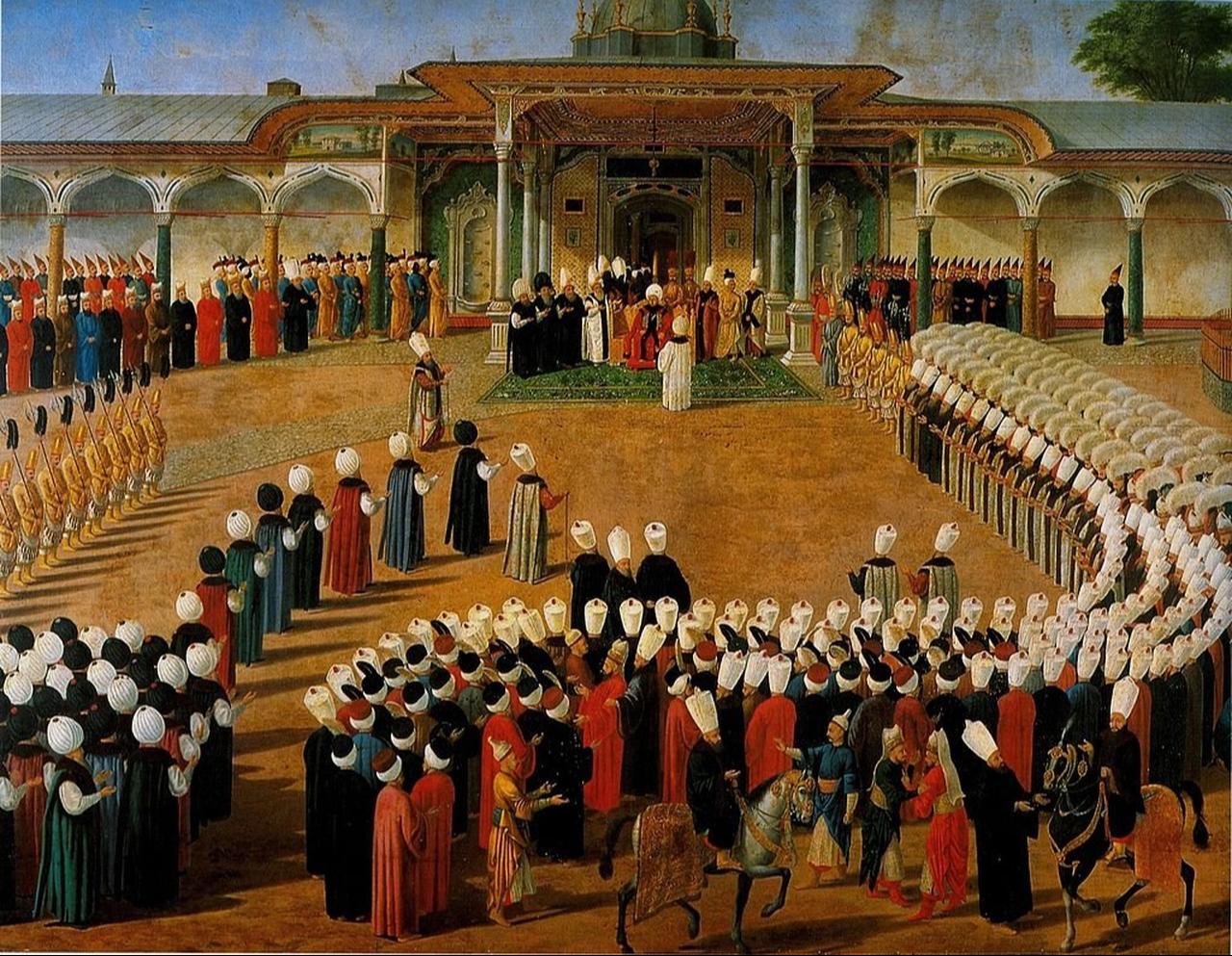
After the Janissary revolt of 1807, Selim’s cousin, Mustafa IV, was put on the throne. Selim was stripped of power and confined in the harem of Topkapi Palace. But he still had many supporters who wanted his restoration, men who believed the ‘New Order’ would revive and strengthen the state.
One such ally was Alemdar Mustafa, a powerful provincial notable. He had raised an army and was marching on the capital to reinstate Selim. Sultan Mustafa took fright. Meanwhile, the insurrectionists, particularly Chief Black Eunuch, Nezir Aga, moved to kill the only other claimants to the Ottoman throne—Sultan Mustafa's half-brother, Mahmud, and his cousin, Selim. They believed this would guarantee Sultan Mustafa's claim to the throne and thus cut short Alemdar Mustafa's march.
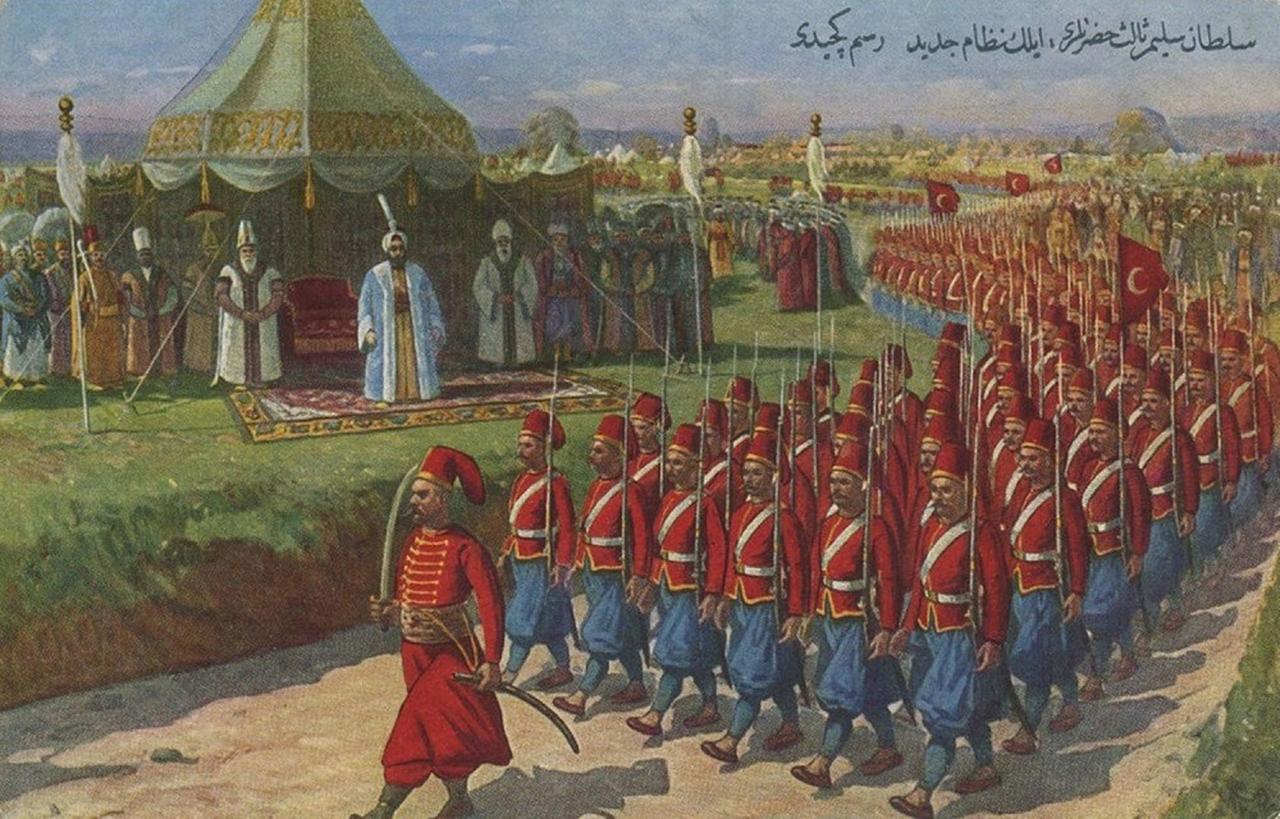
It was late. Some accounts say Selim was at prayer, others that he was asleep. Either way, his fate was sealed.
Nezir Aga and his accomplices, including the Master of the Wardrobe, the Treasury Steward, and members of the Janissary Corps, burst into Selim’s chamber. Traditionally, imperial executions were carried out with a silken bowstring so that royal blood would not be spilt. But that night, tradition was abandoned. The assassins panicked and drew their swords.
A violent struggle ensued. Selim suffered multiple stab wounds. His consort, Refet Kadinefendi, tried to shield him but was dragged away screaming. Pakize Hanim, one of his favourites, threw herself between him and his attackers, sustaining a slash to her wrist in the attempt. The sultan fell, mortally wounded, and uttered his last words, “Allahu Akbar.” His body was bundled in a quilt and taken outside – proof to the Janissaries that the reforming sultan would reform no more.
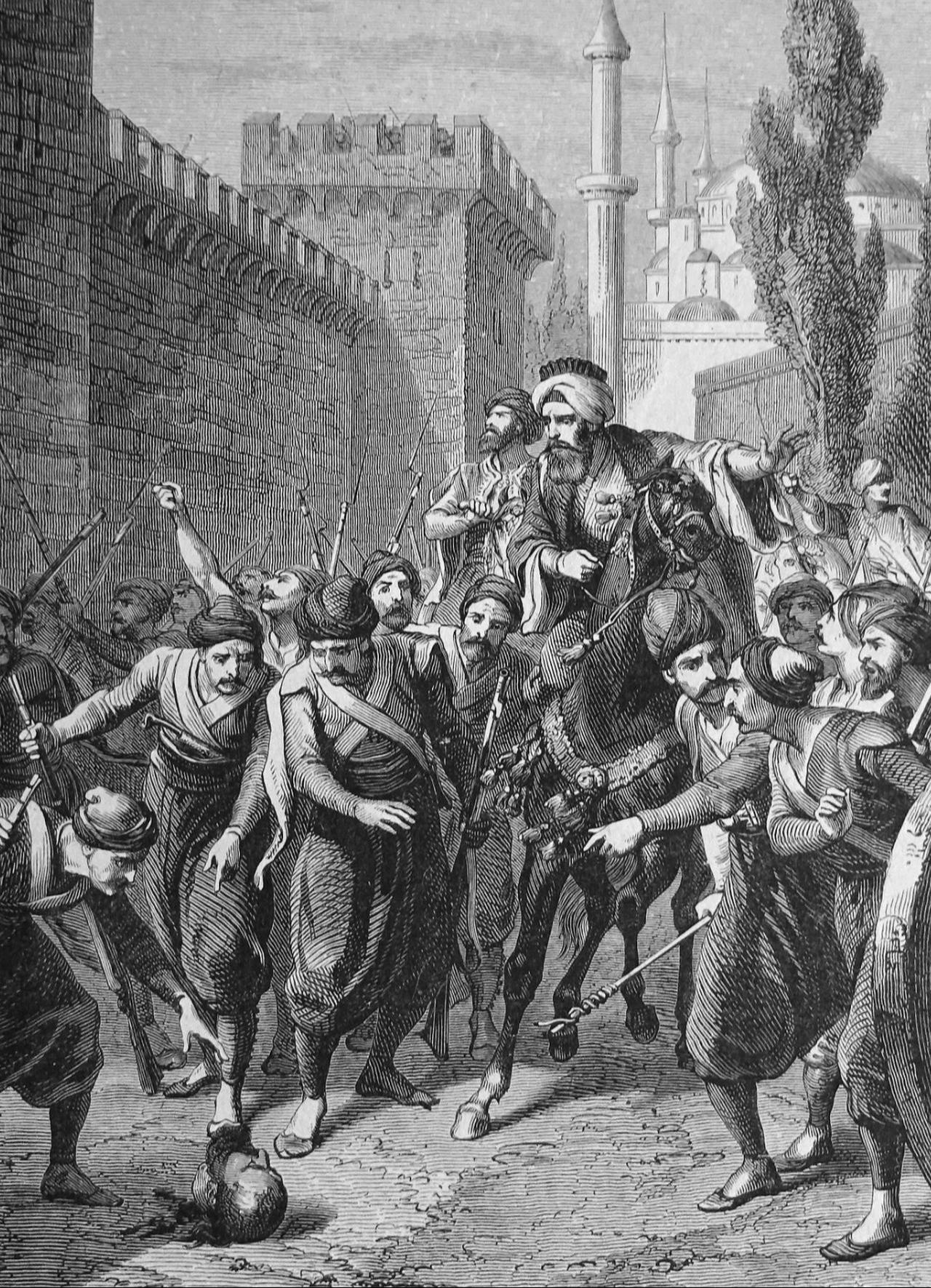
And what of Prince Mahmud, you ask? History loves a plot twist, and this one saved the Ottoman Dynasty from extinction. Miraculously, he escaped the assassin’s blade that night. But that is a story for another Sultan’s Salon…
Alemdar Mustafa marched triumphantly into the capital and proclaimed Mahmud the new sultan. Mustafa IV was executed not long after, leaving Sultan Mahmud II the sole surviving Ottoman prince of the House of Osman.
Mahmud ensured the survival of the dynasty by fathering two sons, the future Sultan Abdulmecid and Sultan Abdulaziz. He also implemented many of the reforms Selim had envisioned, carrying forward his cousin’s legacy. And in a final stroke of poetic justice, he abolished the rebellious and corrupt Janissary Corps that had murdered Selim.
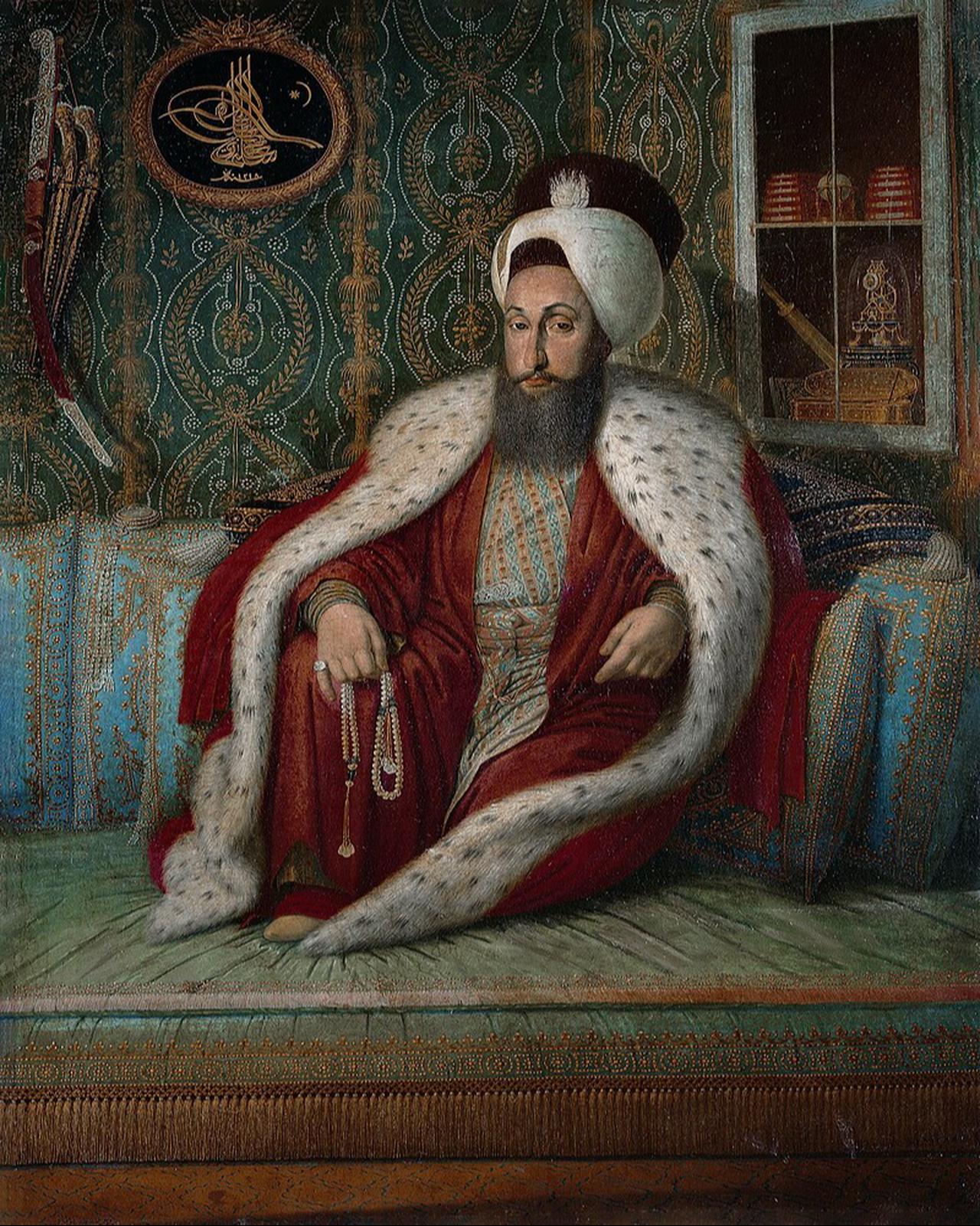
My inspiration for sharing this story is the magnificent portrait of Selim III by Konstantin Kapidagli, the Ottoman Greek Court painter, which hangs in the Hall of Sultan’s Portraits at the Topkapi Palace. Selim’s very essence is captured there in oils: a complex mix of tradition and modernity.
Selim sits in traditional robes on a low divan surrounded by embroidered cushions. An ermine-trimmed cape, signifying his imperial status, drapes over his shoulders, and an elaborate turban crowns his head. Jewelled swords hang on the wall while tucked into his sash, a diamond studded dagger glitters – reminders that power and peril went hand in hand. In a cupboard behind him, a clock ticks the relentless march of time; a globe represents his fascination with the wider world; two stacks of books reveal his hunger for knowledge; and a qalamdan, his scribe’s box, reflects his love of composing music and poetry.
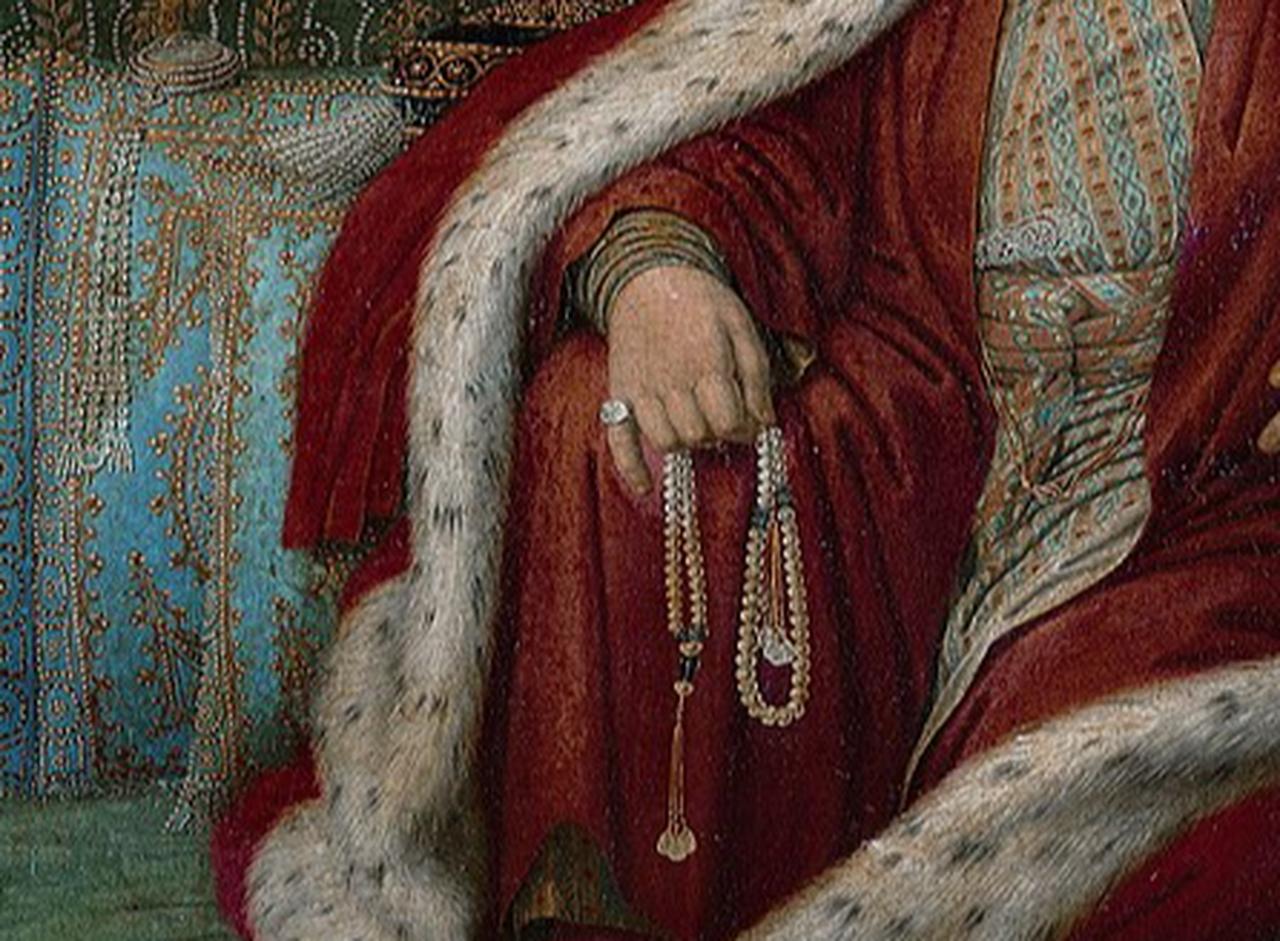
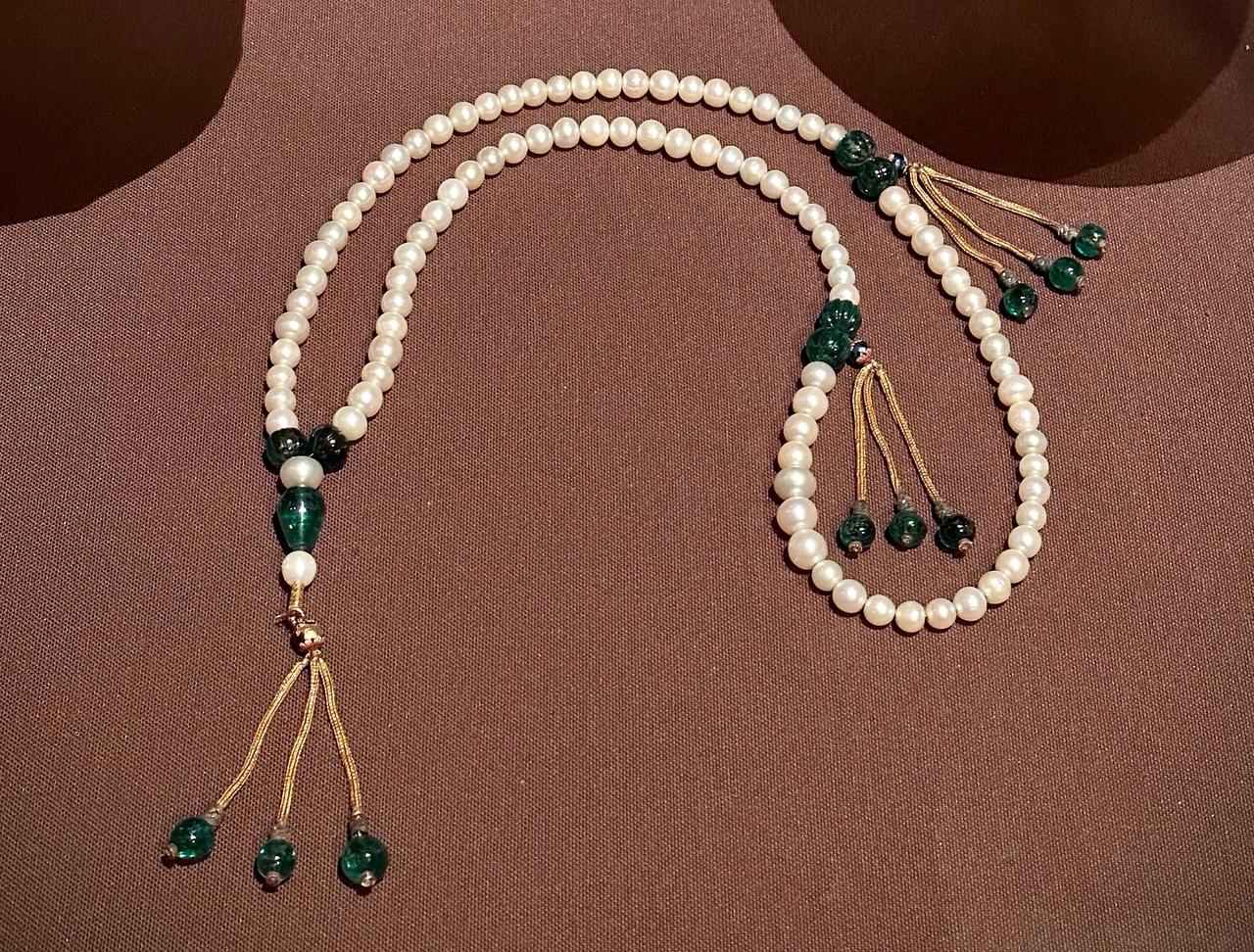
In his fingers, Selim holds a tespih, a symbol of his faith and spiritual devotion. These same exquisite pearl and emerald prayer beads still exist today, displayed in the Imperial Treasury at the Topkapi Palace. If he was at prayer that fateful night, imagine them slipping from his grasp as the assassins struck. Can something so luminous, so dazzling, hold memory? Can they still carry the echo of a sultan’s last whispered supplication? I like to think they can.
Until we meet again in the next Sultan’s Salon…